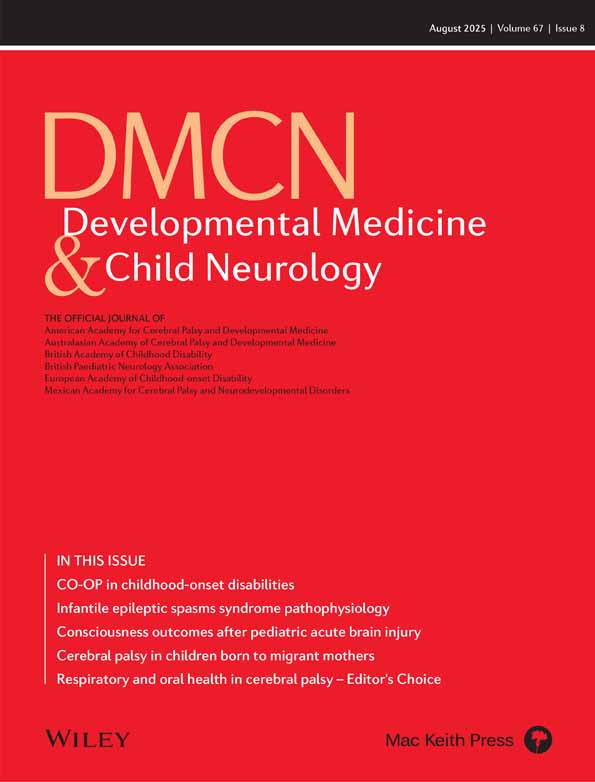Development of displacement of centre of mass during independent walking in children
Abstract
The aims of this study were to assess the characteristics of three-dimensional displacement of the centre of mass of the body (CMb) during walking in healthy children and to compare it with those of young adults. Twenty-one children (11 males, 10 females; age range 1 to 9 years) were recruited from the nursery and school attached to the Université catholique de Louvain, Brussels, Belgium; and three young adults (one male, two females; mean age 26 years 4 months) were recruited from the Rehabilitation and Physical Medicine Unit of the same university. Displacement of CMb was assessed at different walking velocities in the children and adults by two successive mathematical integrations of ground reaction forces, measured by a large strain-gauge force platform. Displacement of CMb was controlled for leg length of the participant to eliminate the scaling effect that is dependent on growth. Results showed that vertical and lateral amplitudes of the CMb when controlled for leg length were greater for children before 4 years of age and that the forward amplitude when controlled for leg length was greater for children before 7 years of age. We conclude that the development of mature human CMb displacement during independent walking is a gradual neural process, evolving until the age of 7 years.




